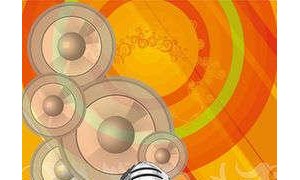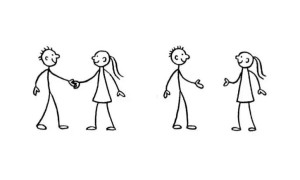过去式:记录已完成旅程
描述已结束的旅行需用一般过去时(如visited/tried),搭配时间状语(last summer/in 2020)更清晰。特殊动词过去式(go→went)需重点记忆。例句:She took a cooking class in Thailand(她在泰国参加了烹饪课)。此时态也适用于分享旅行感悟。
进行时:直播当下体验
现在进行时(am/is/are + doing)适合社交媒体实时更新,如We're exploring the Louvre now(我们正在游览卢浮宫)。搭配地点状语突出现场感。注意非延续性动词(see/arrive)不可用进行时。
将来时:规划未来行程
使用will或begoing to表达计划,前者更随意(I'll book tickets tomorrow),后者强调准备(We're going to hike the Inca Trail)。时间状语(next month)不可或缺。比较:The tour starts at 9am(固定日程用一般现在时)。
混合时态:讲好完整故事
复杂叙述需切换时态。例如:When we arrived(过去) at the hotel, the staff was waiting(过去进行) with drinks. Now we're planning(现在) to return next year(将来)。注意时间连词(when/before)的衔接作用。
几个练习句子
I saw the northern lights in Iceland last year
我去年在冰岛看到了极光
They are learning surfing in Bali now
他们正在巴厘岛学习冲浪
We will climb Mount Fuji next week
下周我们将攀登富士山
结论
掌握过去/现在/将来时态的组合使用,能让旅行故事层次分明。建议:1)用日记练习过去式;2)发朋友圈尝试进行时;3)制作行程表运用将来时。语法是让冒险经历焕发光彩的语言工具。







